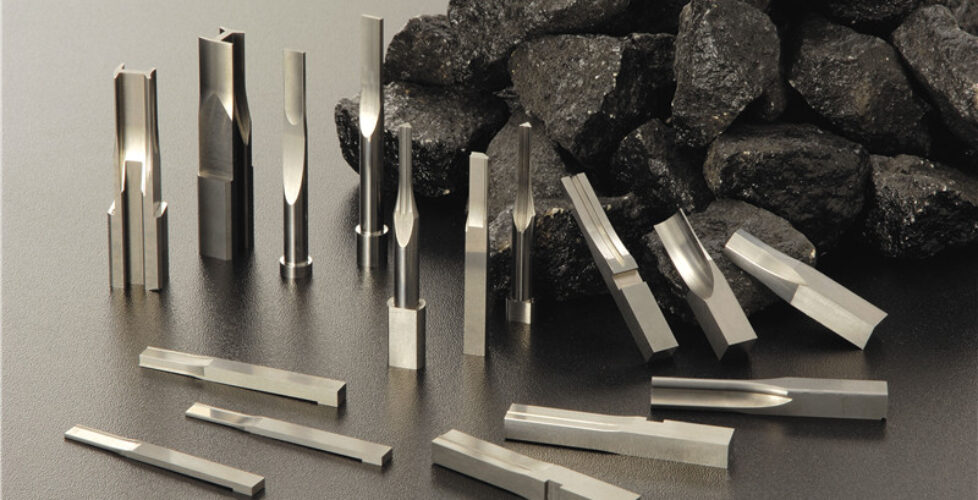Precision Machining of Mold Components
Mold components are critical in the manufacturing industry, especially in injection molding, die casting, and stamping processes. The precision machining of these components ensures the quality, durability, and efficiency of the molds. This article discusses the key aspects of mold component machining, including material selection, machining techniques, and quality control measures.
Jacky Technology (Dongguan) CO.,LTD Introduction:
Mold components, such as cores, cavities, ejector pins, and sliders, play a vital role in the production of plastic, metal, and composite parts. The accuracy and surface finish of these components directly impact the final product’s quality. Therefore, precision machining is essential to achieve the desired tolerances and surface characteristics.
surface treatments are applied:
– Nitriding Increases surface hardness and wear resistance.
– Hard Chrome Plating Provides a hard, wear-resistant surface.
– Polishing: Improves the surface finish, reducing friction and improving the release of molded parts.
Quality Control:
Quality control is crucial in the machining of mold components to ensure they meet the required specifications. Key quality control measures include:
– Dimensional Inspection: Using coordinate measuring machines (CMM) and other precision measuring tools to verify dimensions.
– Surface Finish Measurement:Using profilometers to check surface roughness.
– Hardness Testing:Ensuring the material hardness meets the required standards
IIf you need precision mold component machining and CNC machining services or are looking for a suitable precision component machining factory, please choose Jac-Tec,Jac-Tec provides one-stop machining and production services for precision mold component and machining parts and assemblies for new energy, medical equipment, electronics .robotics, commercial equipment, and so on. You can conatct with project manager Maggie email: maggie@maqmtec.com Tel: +86 13632861056
Material Selection:
The choice of material for mold components depends on the application and the type of mold. Common materials include:
– Tool Steels Such as P20, H13, and S7, known for their hardness, wear resistance, and toughness.
– Stainless SteelsUsed for components requiring corrosion resistance.
– Carbides: Ideal for high-wear applications due to their extreme hardness.
– Aluminu:Used for prototype molds or low-volume production due to its ease of machining.

Machining Techniques:
Several machining techniques are employed to manufacture mold components with high precision:
– CNC Milling: Computer Numerical Control (CNC) milling is widely used for creating complex geometries with tight tolerances. It allows for high-speed machining of intricate shapes.
– EDM (Electrical Discharge Machining):EDM is used for machining hard materials and creating fine details that are difficult to achieve with conventional methods. It involves using electrical discharges to erode material.
– Grinding:Precision grinding is used to achieve fine surface finishes and tight tolerances, especially for components like ejector pins and guide pins.
– Wire Cutting:Wire EDM is used for cutting intricate shapes and contours in hard materials with high precision.
Surface Treatment:
To enhance the durability and performance of mold components, various

